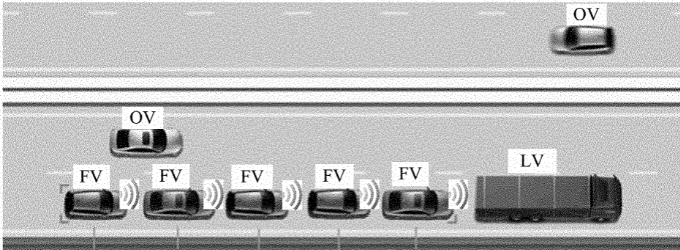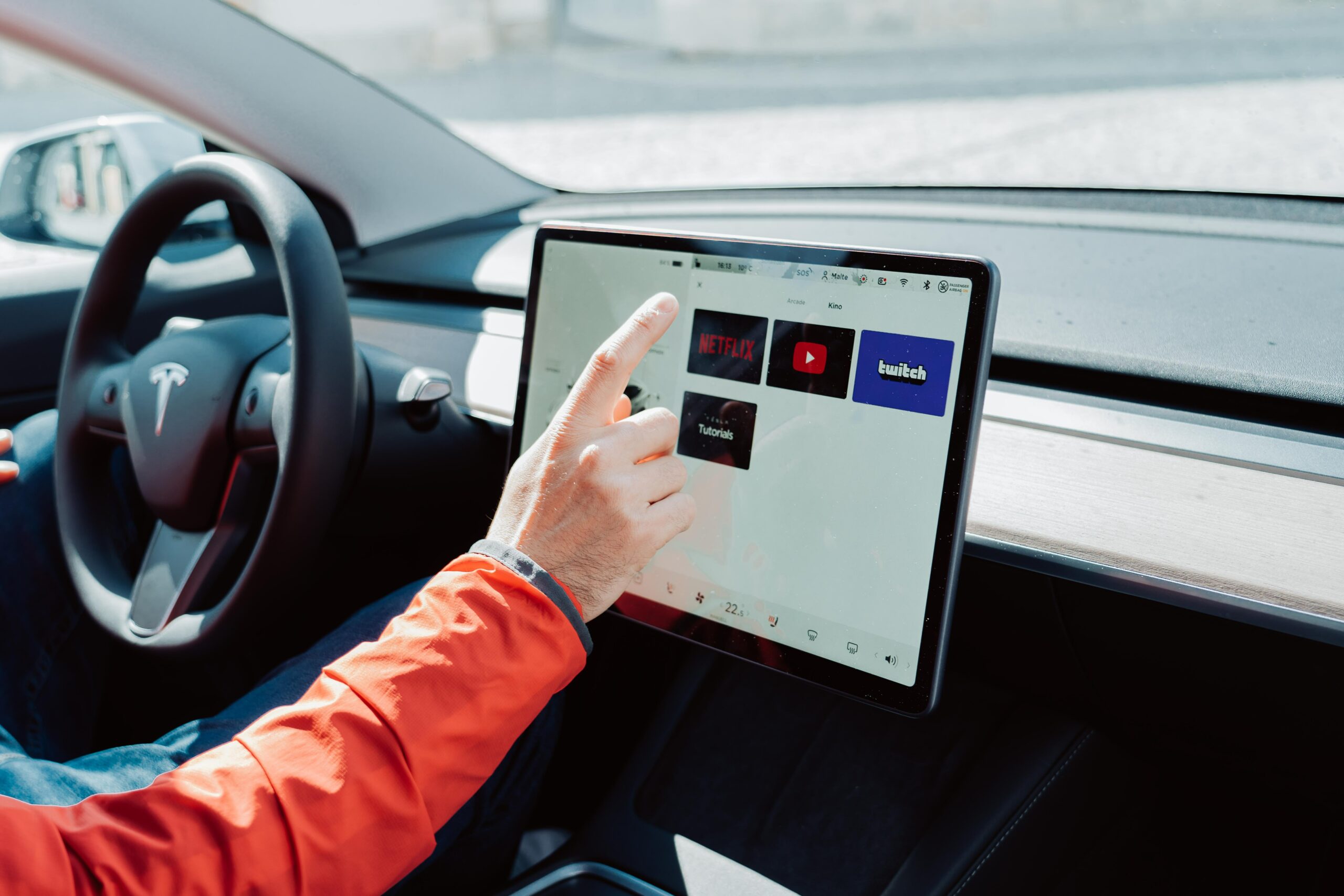Sci-fi movies show autonomous cars gliding smoothly on the road and finding their own way among heavy traffic. In reality, this is a wasteful technique for autonomous cars to travel.
Instead, autonomous cars can benefit greatly by flocking together as a group. It’s similar to how migratory birds do it. In context of cars, this flock is called a platoon. The foremost car in the platoon manages and plans the route and others follow it in a line.
Appropriate more for longer travels, such as on inter-city highways, platooning has several advantages. Cars in a platoon experience lesser air drag – resulting in better fuel efficiency. They have to make fewer manoeuvring decisions, which leads to better safety. And they increase the road capacity.

The concept of platooning is not new but now that autonomous cars are nearing reality, innovators have started addressing many of its challenges.
One of the challenges presented is autonomous car platooning is cyber-security. Cars have to be given the ability to form and leave platoons all on their own, but this must be done in a secure way. Otherwise, an attacker could misguide some or all of the cars to go to a place of their own choosing!
Micron Technology has recently filed for a patent that sheds light on how this could be done. They describe use of a blockchain to create a trusted V2V network within the platoon. V2V stands for vehicle-to-vehicle (V2V) communication, which is one of the emerging technologies in the automotive sector. It enables cars to communicate and coordinate with nearby cars on the road. Here is how the blockchain is used to manage the platoon:
A blockchain data structure containing the details of the platoon is stored in the leading car and is sequentially transmitted to other cars further down the platoon. Among other things, this data structure contains identifiers of each car and their digitally signed certificates. These identifiers and certificates cannot be created by an attacker because creating them requires a secret key that is stored in the hardware of each car and cannot be exported out of it. By verifying these details, any car in the platoon can ensure that a message coming from another car is legitimate and not a spoofed copy.
When a car wants to leave the platoon, say at an intersection to go another way, it sends a digitally signed request to the leading car. The leading car uses the blockchain based data structure to verify the request. If the request is found to be legitimate, the leading car approves it. Then it notifies other cars in the platoon about the leaving car. At this point, other cars can choose to follow the leaving car if they too want to go that way.
If any of the cars decide to follow this car, a new platoon is created with its own blockchain data structure, which comes into effect when the cars leave the existing platoon. All of these events are permanently recorded in the blockchain of the first platoon, ensuring the integrity of the platoon data.
Blockchain based platooning, which allows self-driving cars to exchange trusted messages seem to have great potential in the autonomous driving market. Do you think automakers would accept this method for platooning? Will they come up with an even better solution? Well as they say, only time will tell!


